Introduction to Barnyard (साँवा) – The Indian Millet
Barnyard millet(साँवा) is a short-duration crop that can tolerate a variety of biotic and abiotic stresses and grow in unfavorable environmental conditions with very little input. The grains are prized for their high nutritional content and reduced cost when compared to major cereals like rice, wheat, and maize, in addition to these agronomic benefits.
Rich in fiber, protein, and carbohydrates, it is also a good source of micronutrients like iron (Fe) and zinc (Zn), which have been linked to a host of health benefits. Because of these qualities, barnyard millet is a perfect addition to the crop for subsistence farmers. It can also be used as a backup crop in areas where major crops like rice are grown when the monsoon fails.
Humans are unable to digest the tough cellulosic husk layer found on millets. The main task of processing these grains is now to remove the husk layer. The price of the corresponding millets is obtained once removed. The small seeds of barnyard millet are ground into groats and used to make various porridge varieties. Barnyard millet is called “Sanwa rice” because, when cooked, it tastes almost exactly like broken rice. In contrast to long-grained rice, it does not cook into separate grains. Smaller than sago (sabudana) and larger than semolina (rawa), millet is a white, round grain.
In India, cereal grains are not consumed during fasts which makes, barnyard millet a popular ingredient during the fasting days.
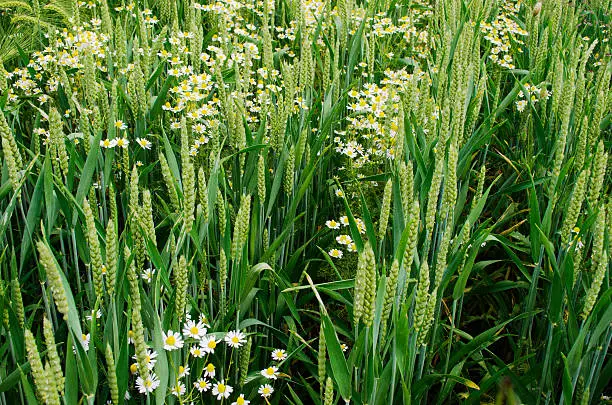
Nutritional Benefits
Barnyard Millet Nutrient per 100g
| Nutrient per 100g | |
| Energy (Kcal) | 341 |
| Protein | 7.7 g |
| Carbohydrate | 67.0g |
| Crude Fibre | 7.6mg |
| Calcium | 17mg |
| Iron | 9.3mg |
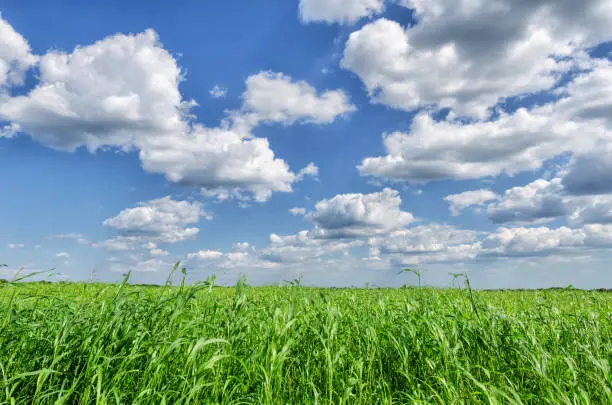
-
Low In Calories
Barnyard millet is the least calorie-dense of all the cereals and a good source of highly digestible protein. After consuming it, this grain leaves one feeling light and energized. Barnyard millets contain 1.5g of protein and 75 calories per 25g serving, raw.
-
High in Fibre
With a decent amount of soluble and insoluble fractions, it is a great source of dietary fiber. With 2.4 grams of fiber per serving, the grain has the most fiber when compared to other grains and millets. A study that was published in the Journal of Food Science and Technology states that barnyard millet has a high dietary fiber content of 12.6%, which includes both soluble (4.2%) and insoluble (8.4%) fractions. Because of its high fiber content, it helps avoid bloating, cramping, constipation, and excessive gas.
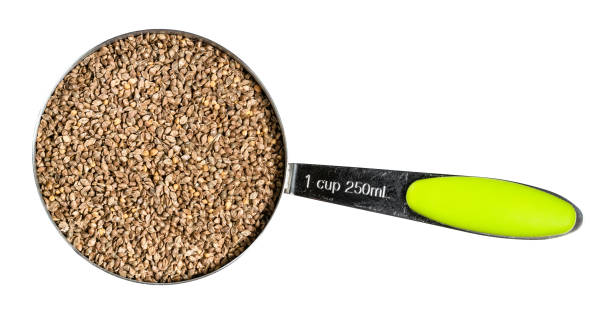
-
Low Index of Glycemia
Barnyard millet has a low glycemic index due to its low carbohydrate content and slow-digesting nature. Millet’s carbohydrates exhibit a high degree of amylase retrogradation, which promotes the formation of larger quantities of resistant starch. Therefore, patients with diabetes mellitus and cardiovascular disease may benefit from it. This millet has become one of the best foods for diabetics in the current situation.
-
Gluten-Free
The barnyard millet is gluten-free, just like any other millet. For patients with celiac disease or those wishing to follow a gluten-free diet that excludes all foods containing wheat, barley, or rye, this is a suitable food. Because it is readily available, cooks quickly, and tastes well, millet is a great, healthful substitute for other less accessible millets like wheat and rice.
-
Relatively Rich in Iron
Certain types of barnyard millet have been found to have high iron contents (18.6 mg in 100g of raw millet), making them the richest varieties of all millets and cereal grains, according to studies on the nutrient content of millets. Vegetarians may find that barnyard millet is a good source of iron.
How to Use Millet in the Barnyard?
For babies ages 6 to 8 months, barnyard millet can be fed as porridge or kheer; for babies older than a year, it can be fed as cheela, dosa, or idlis. Grocery stores frequently carry packaged whole barnyard millet that can be used to make porridge. Since the flour is difficult to find in stores, one way to make it at home is to grind the millet to the desired consistency, either coarse or fine, depending on the recipe’s instructions. It can be mixed into the batter for dosas, idlis, or chappatis. Especially on fasting days, whole barnyard millets are frequently used to make pulav, khichdi, and up.
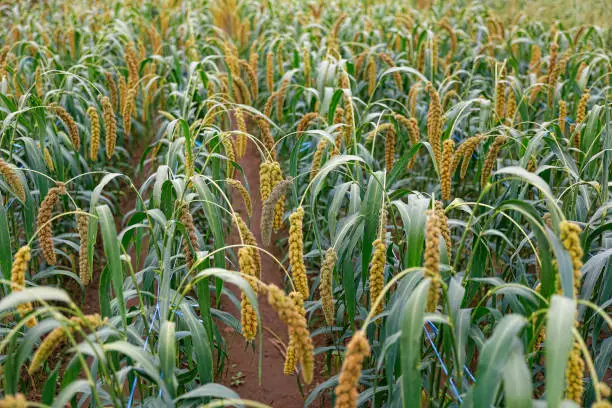
Ayurvedic Benefits of Barnyard Millet
Ayurveda recommends a balanced diet that includes all six tastes – sweet, sour, salty, bitter, pungent, and astringent. Barnyard Millet can fit into this framework, providing a neutral taste that complements a variety of dishes.
Digestibility: In Ayurveda, food’s digestibility is crucial. To make Barnyard Millet more digestible, consider washing and soaking it before cooking. This can help reduce any potential gas or bloating.

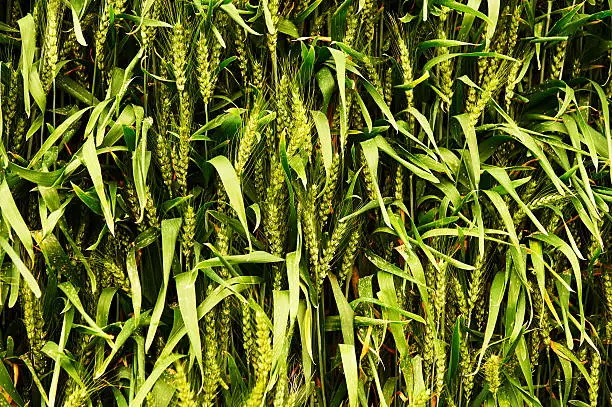
1 thought on “Barnyard (साँवा) – The Indian Millet (4) – The Most Useful Millet”